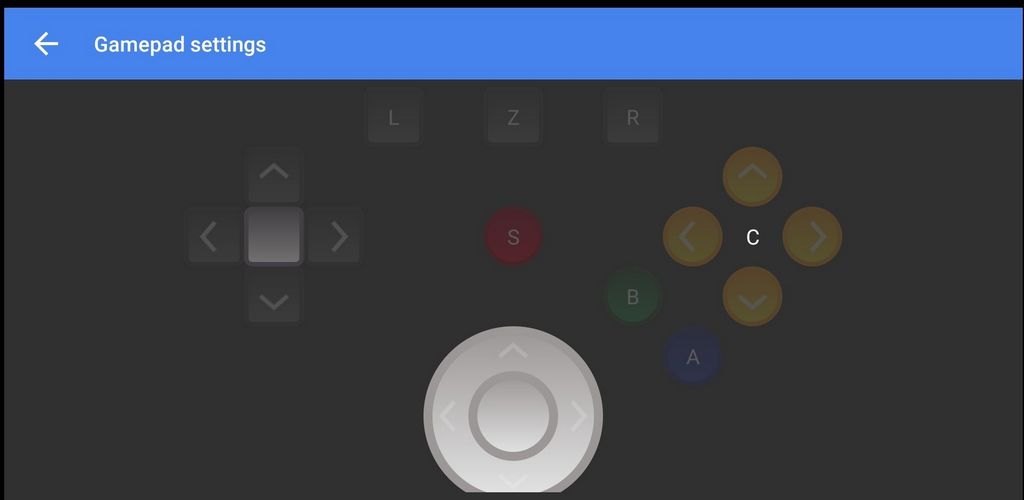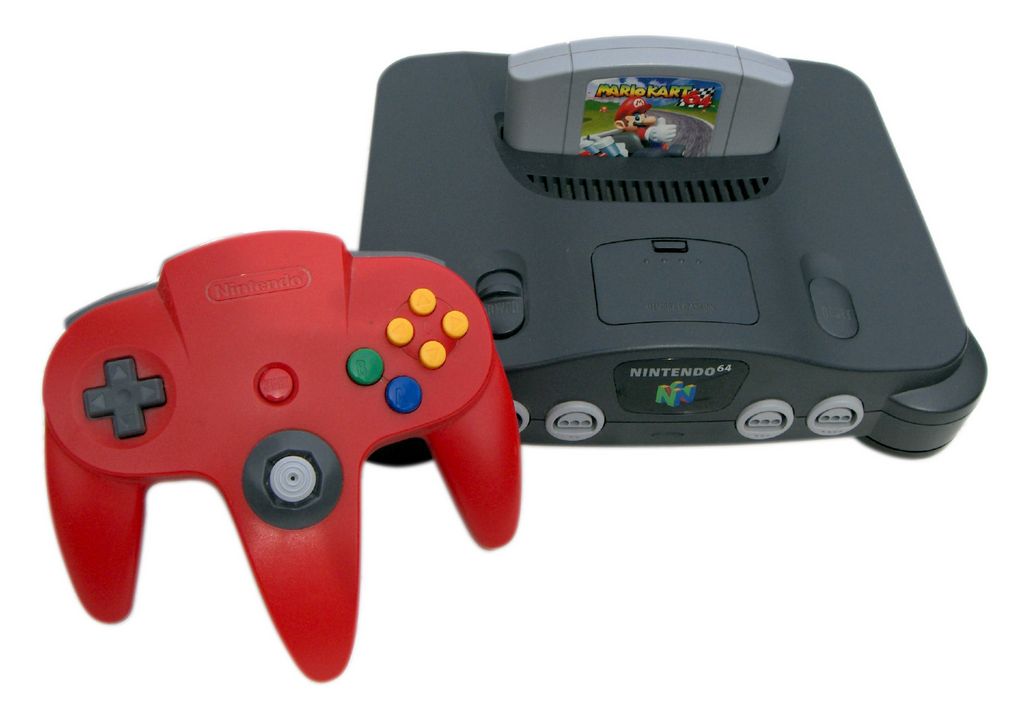It stands as a special and marvelous console even by today’s criteria. Both from a technical in addition to social viewpoint, it was just stupendous. This post showcases the history of the Nintendo 64 in addition to discovers it from a technical viewpoint. If you’re like me, you likely have fond memories of this console. If you’re interested in the technical bits, miss in advance to the design.
To set the stage, the N64 was first launched in Japan in 1996. When you consider the 1990’s you might consider the pocket-sized Gameboy shade with Pokmon Red and Blue. Yet in truth, the Gameboy shade really did not appear until 1998, two years after the N64 appeared.
The Gameboy at the time was the impressively big and heavy, Gameboy. With a grayscale screen and packed with 4 AA batteries, it was a block of a video gaming experience. The Gameboy pocket (a slightly smaller variation of the successful gameboy) had appeared in some markets, but didn’t see the exact same extensive schedule as the original Gameboy.Read about https://roms-download.com/roms/nintendo-64 At website
This is to illustrate the sheer insaneness that the Nintendo 64 stood for, particularly in the sub $300 price factor. The concept of a 64 bit console with 3D graphics just under six years after the 16 little bit SNES seems affordable in knowledge however crazy at the time.
Allow’s study the systems of itself. It has a couple of peculiarities. You’ve most likely observed the rickety shape of the controller(and most likely if you’re reading this, you utilized it). It typically really felt that you required three hands to truly properly make use of the all the buttons.
You’ll observe it has an analog stick. This was the very first industrial video game with an analog stick as its key input mechanism. The D-Pad had actually been the defacto standard for decades and Nintendo directly had a lot of great technology and experience with making 8-way D-Pads.
An enjoyable tale from one LucasArts programmer is that only certain participants of the development team were allowed to understand what the controller looked like. So they had to be kept in a card box with openings cut in so you can reach within and deal with the controller. The usual joke on the designer team is that the controller was a dish of telepathic water you stuck your hand right into, yet naturally, you had to assume in Japanese.
Along with the spear like shape, the control stick had on its face sharp, elevated circular ridges that if played also hard, might leave marks on your thumb or hand. We’ll talk about the commercial layout and thinking behind the controller later once we start reviewing the technical design of the console itself. Let’s discuss the background of Nintendo as it assists comprehend a lot of their decisions. This area will be pretty fast.
Nintendo was founded in 1889 as a Hanafuda (花札) manufacture. Hanafuda are a type of playing card. After Japan shut all contact with the western globe in 1633, the Federal government forbade the playing cards that had actually been introduced by the Portuguese in the mid 16th century. It was a 48 card deck with 4 collections and looked relatively similar to the 52 card deck we have today. In reaction to the ban, cards came to be disguised, typically with flowers.
As the Federal government caught on, they started to ban the brand-new types of the playing cards. Card manufactures reacted by more obfuscating the cards, end up being increasingly more fancy as time took place. In fact, to this date, Nintendo still produces Hanafuda cards themed with various video game IP that they own. The point of this introduction is that Nintendo has a background of being an underdog, taking their time, and being really protective/secretive regarding what they do.
The turning point for Nintendo was available in 1956 when they saw the USA. The globe’s biggest manufacture of playing cards at the time was headquartered there. The existing chief executive officer (Yamauchi) was dismayed to locate the biggest firm in their industry headquartered in a little dull office over a corner store. When your biggest rival in your well-known sector remains in a small workplace, it is an excellent wakeup telephone call that it could be time to expand to various other markets.
In between 1963 and 1968, they tried out. Taxi’s, resorts, immediate noodles, and hoover were amongst several of the items they tried. However, despite their efforts they discovered they were just good at making playthings. The 1964 Olympics remained in Tokyo, supplied a much necessary economic boom. The marketplace for playthings was tight, affordable, and low margin. Digital playthings had greater margins and less competition. Nintendo had a routine of hiring gifted electrical engineers to run their assembly and production lines and those designers had a routine of developing imaginative services for problems on the line.
One particular engineer created a robotic arm as a sort of toy. It was a smart design that utilized what got on hand. Hiroshi Yamauchi, the CEO of Nintendo, came through the factory in 1966 and saw the toy for what it was. They asked him to design it in full, which came to be the Ultra Hand and was a big success. The designer, Gunpei Yokoi, took place to design the Video game & Watch Series and monitor Donkey Kong, Mario Bros, Metroid, the Digital Young boy, to name a few. It was Yokoi who said:
The Nintendo method of adapting technology is not to look for the state-of-the-art yet to utilize fully grown innovation that can be mass-produced inexpensively.
One more one of their first actual hits was the Nintendo Beam Of Light Weapon, a duck quest like video game. Bear in mind, Pong had not been even on the marketplace yet. Nintendo bought up old bowling lanes and made interior capturing galleries with their light weapons. This confirmed to be costly to preserve as it called for room and team so they made a decision to focus on home gaming consoles and games rather than running their very own spaces. The preferred Mr. Game & Watch was launched in 1981.
The video game market in the United States collapsed in 1983. While the exact reason is rather of an enigma, Nintendo greatly attributed it to a spreading of mediocre top quality games that eroded consumer count on. Settlements with Atari to redistribute their home console, the Famicon (or the NES as it would certainly later on be understood) had actually broken down, Nintendo wasn’t a player in the United States market. This left simply Sega (one more Japanese company) and Nintendo as huge players in the computer game industry. Nintendo decided they would certainly not duplicate the blunder of Atari and various other US based companies and focus on each video game they launched having a seal of high quality and as much as their rigorous criteria. This pattern continued until the later years of the Nintendo switch, where bench for access was decreased somewhat.
The Nintendo 64
Now let’s take concerning the N64 itself. One remarkable feature about it is that the N64 was going to have a hard disk attachment (called the N64DD). The task was drawn back in the SNES days as Nintendo partnered with one more firm to develop the hard disk, Sony. Rather late in the project, Nintendo pulled out for unidentified reasons. Sony, understandably huffed, made a decision to continue the project by themselves, eventually developing the PlayStation. Nintendo also wished to call it the Ultra 64, which you could see in chip names (NUS or Nintendo Ultra Sixty-four). Konami possessed the copy right of several ultra-like games (Ultra Football, Ultra Tennis, and so on). Thinking through the implications, they rebranded to N64.
Leading up the release of the N64, Nintendo truly took place the hype circuit. At the time, a firm known as Silicon Video Inc (SGI), was called a graphical technical powerhouse. For eight years (1995-2002) all the films nominated for an academy honor for aesthetic effects had their impacts created on SGI systems. You could consider them as the NVIDIA of their day.
A SGI Onyx system, made use of for N64 advancement, retailed for around $100,000-250,000 in very early 1995
When Nintendo was marketing what the full power of the an SGI system in a home console type element with a home console price. This wasn’t assisted by the fact that the trials that Nintendo displayed were provided on the exceptionally costly Onyx server-class systems. We’ve obtained utilized to extraordinary amounts of calculating power being crammed right into every smaller sized rooms thanks to smart devices and the cloud, yet to put it in viewpoint, this would certainly resemble Microsoft hinting that the following Xbox would have the very same power as a whole Azure shelf.
The Onyx systems imagined over were really commonly what was used for N64 advancement. Actually, one video game studio informed an instead funny tale a few years later on at a gaming convention about obtaining a call from the FBI asking why they were buying several armed forces class super computer systems. Typically, this system would be used for developing 3d designs, re-topologizing them, developing the code, and since the style was comparable enough, also run N64 simulations.



